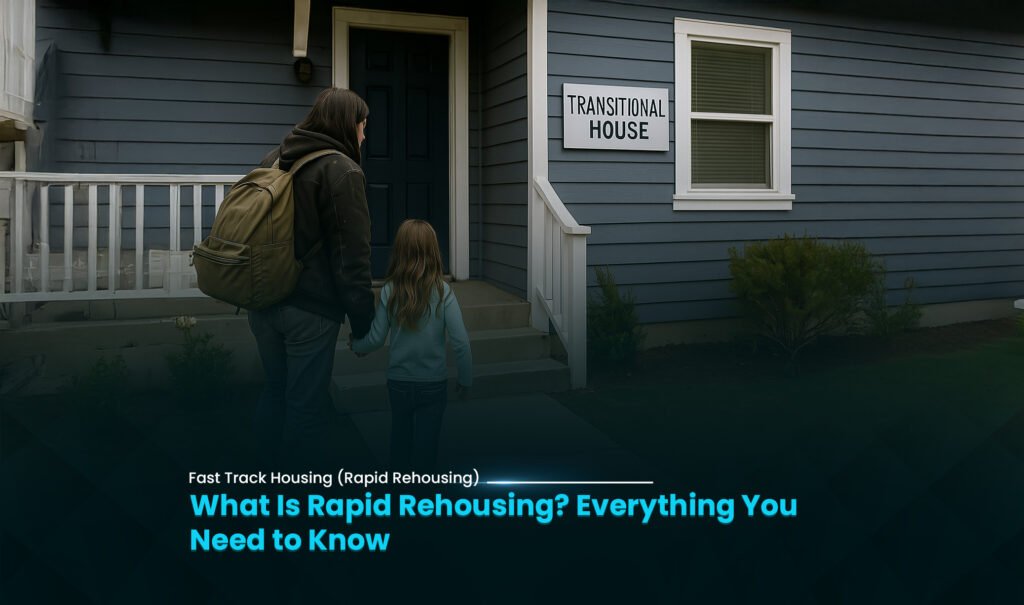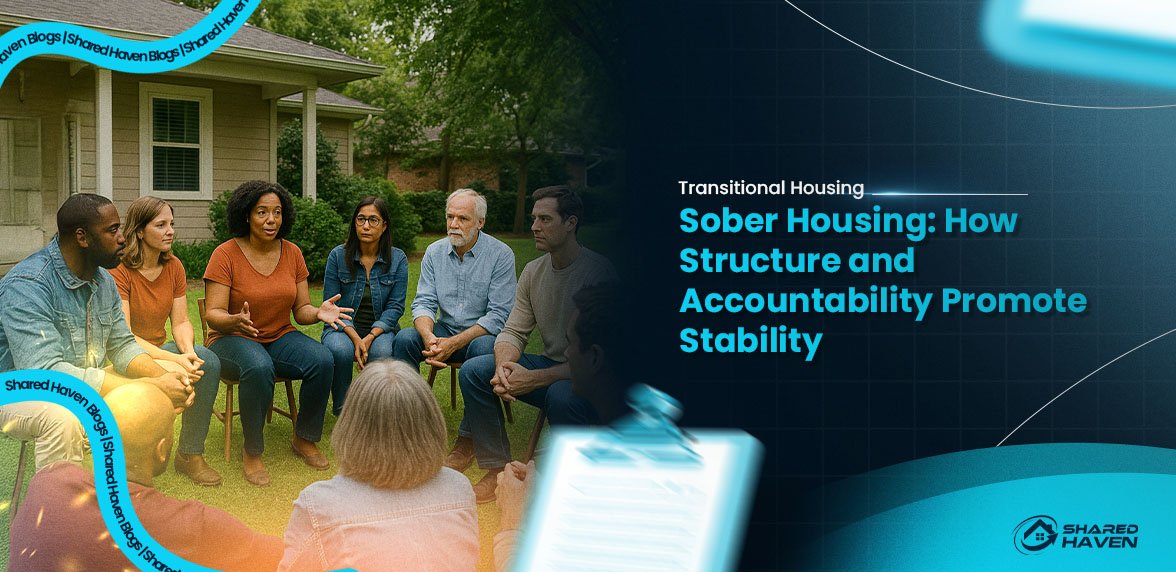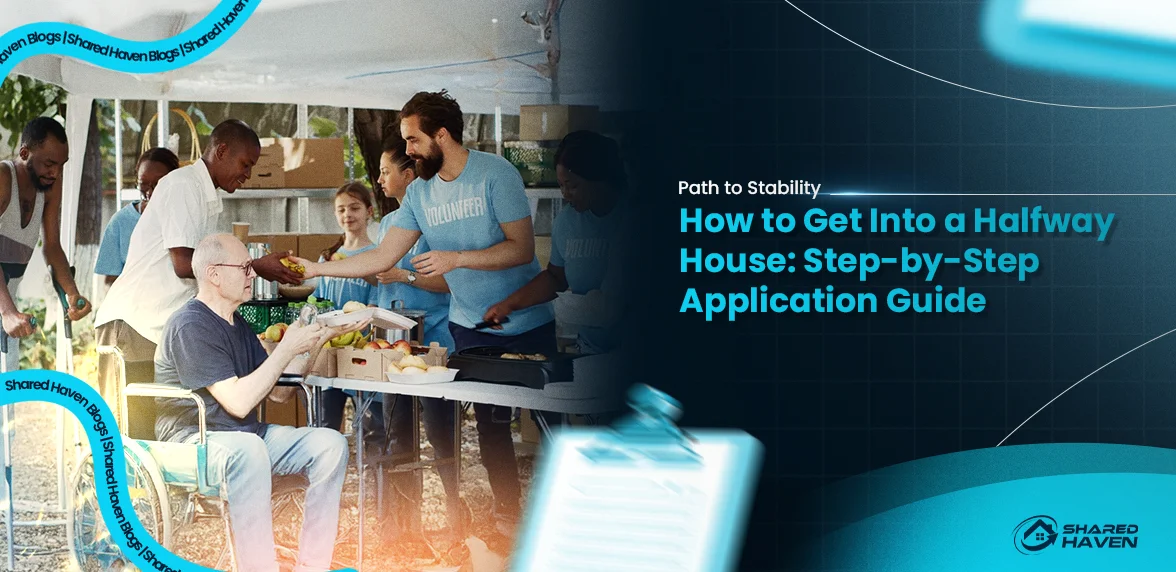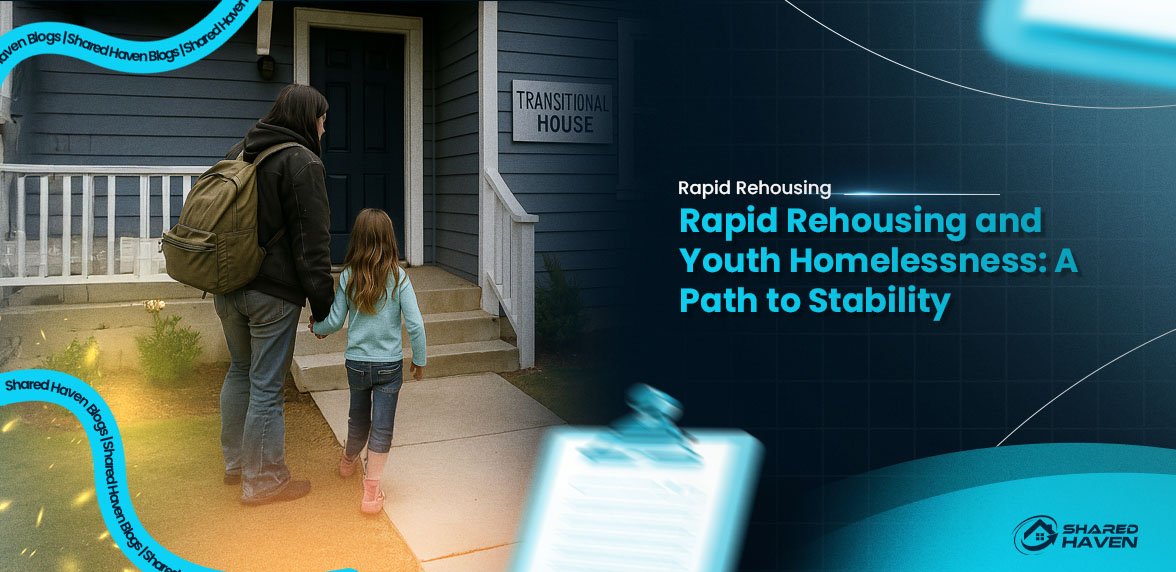Rapid Rehousing: The Ultimate Guide to Ending Homelessness Fast
Homelessness creates huge challenges for communities everywhere. Most people think shelters provide the only answer. However, a better solution exists that works faster. This solution helps people move into stable homes quickly. Moreover, it offers the right support at the right time. Therefore, this blog will teach you everything about Rapid Rehousing. Additionally, you’ll learn how it works and why it succeeds.
Understanding Homelessness and Modern Housing Solutions
Homelessness affects millions of people each year. Furthermore, many factors contribute to this growing problem. Traditional approaches focused mainly on emergency shelters. Also, they included long-term transitional housing programs. While these methods provide temporary relief, they often extend the homeless experience. Instead, Rapid Rehousing emerged as a faster strategy. Consequently, this approach prioritizes permanent housing over temporary solutions.
What Rapid Rehousing Really Means
Rapid Rehousing serves individuals and families experiencing homelessness. Specifically, it moves them quickly into permanent housing. Additionally, programs provide time-limited rental assistance to participants. Most importantly, trained staff offer supportive services tailored to each person. The core idea remains simple yet powerful. Stable housing creates the foundation for addressing other challenges. Therefore, people can rebuild their lives more effectively.
The Three Key Components of Rapid Rehousing Programs
This approach includes three essential parts that work together. Each component plays a vital role in ensuring success.
1. Housing Search and Landlord Partnerships
First, programs actively identify available housing units in the community. Next, staff members build strong relationships with local landlords. These partnerships help secure housing for clients much faster. Additionally, many programs maintain ongoing partnerships with property owners. As a result, the housing search process speeds up significantly.
2. Financial Assistance for Moving Costs
Second, Rapid Rehousing provides crucial financial help to participants. This assistance covers move-in costs like security deposits. Furthermore, it includes the first few months of rent. However, this rental assistance remains time-limited by design. Consequently, clients gradually take over their own rent payments. This approach encourages financial independence from the start.
3. Personalized Case Management Services
Third, trained case managers provide individualized support to each client. They assess each person’s specific needs and challenges. Then, they connect clients to appropriate community resources. These services remain flexible and client-centered throughout the process. For example, services might include job search help. Alternatively, they could provide budgeting assistance or healthcare connections. Ultimately, this support helps clients maintain their housing successfully.
Why Rapid Rehousing Works So Well
This approach has proven highly effective across the country. Its success comes from several important principles.
Housing First Philosophy Drives Results
Rapid Rehousing operates on the proven “Housing First” philosophy. This means stable housing comes before addressing other issues. Programs don’t require sobriety or treatment compliance upfront. Instead, they focus on getting people housed immediately. As a result, the rehousing process moves much faster. Moreover, this approach respects human dignity and choice.
Reduces Trauma and Daily Stress
Living without a home creates incredible stress and trauma. Therefore, Rapid Rehousing quickly removes this daily burden. It provides immediate stability that allows healing to begin. Consequently, individuals can focus on rebuilding their lives. This stability also improves physical and mental health outcomes.
Costs Less Than Traditional Approaches
Research shows that Rapid Rehousing costs less than shelters. Additionally, it costs less than long-term transitional housing programs. Reducing shelter stays saves significant public money each year. Therefore, communities can serve more people with the same resources.
Builds Long-term Independence
The temporary nature of financial aid encourages self-sufficiency. Clients understand they must become financially independent over time. Meanwhile, supportive services help them develop necessary skills. This combination creates lasting stability beyond the program period.
Who Benefits Most from Rapid Rehousing
This approach successfully serves many different types of households.
Families with Children Need Quick Stability
Children require stable environments to thrive and develop properly. Therefore, Rapid Rehousing helps families move quickly into permanent housing. This reduces disruption to children’s schooling and social connections. Additionally, it provides a safe environment for healthy development.
People with Short Homeless Episodes
Individuals experiencing brief periods of homelessness benefit greatly. They need a quick boost to get back on track. Consequently, Rapid Rehousing provides exactly that type of assistance. This intervention also prevents longer-term chronic homelessness from developing.
Domestic Violence Survivors Need Immediate Safety
Victims of domestic violence often need immediate safe housing. Therefore, Rapid Rehousing offers a rapid exit from dangerous situations. It secures private housing that’s safer than communal shelters. Additionally, the confidential nature protects survivors from their abusers.
Individuals with Disabilities Thrive with Support
People with physical or mental disabilities can succeed with housing. First, they receive stable housing without preconditions. Then, they get tailored support for their specific needs. This approach helps them manage their conditions independently.
The Step-by-Step Rapid Rehousing Process
Understanding the typical journey helps set realistic expectations.
1. Initial Assessment and Intake
First, programs assess each person’s needs through coordinated entry systems. This process determines eligibility for different housing programs. Additionally, staff identify immediate challenges that need attention. The assessment also helps match people to appropriate services.
2. Active Housing Search Begins
Next, case managers help clients search for suitable housing. They assist with rental applications and required paperwork. Furthermore, they communicate directly with landlords about available units. This professional support often makes the difference in securing housing.
3. Financial Assistance Gets Approved
Once suitable housing gets identified, financial aid receives approval. This assistance covers security deposits and initial rent payments. Additionally, it may include utility deposits and moving costs. The amount and duration vary based on individual circumstances.
4. Move-in Day Marks New Beginning
Clients move into their new permanent housing successfully. This milestone represents a significant fresh start for participants. Moreover, it marks the beginning of true stability. From here, the focus shifts to maintaining housing long-term.
5. Ongoing Support Continues for Months
Finally, supportive services continue after move-in for several months. Case managers provide personalized assistance based on individual needs. This might include employment support or benefits applications. Additionally, they help clients connect to community resources and services.
Rapid Rehousing vs. Traditional Transitional Housing
While both approaches aim for housing stability, they differ significantly.
Duration and Housing Type Differ
Rapid Rehousing focuses on immediate permanent housing solutions. Participants move directly into their own apartments or homes. In contrast, transitional housing provides temporary stays up to two years. These programs use shared facilities owned by the organization.
Service Intensity Varies by Approach
Rapid Rehousing services remain flexible and individualized throughout participation. Staff tailor services to prevent future homelessness episodes. However, transitional housing often requires participation in structured programs. These might include mandatory classes or group meetings.
Living Situations Create Different Experiences
Rapid Rehousing places participants in independent living situations immediately. They rent directly from private landlords like other tenants. Meanwhile, transitional housing involves communal living with program rules. This creates different levels of privacy and autonomy.
Common Challenges in Rapid Rehousing Implementation
While effective, several challenges can affect program success.
Rapid Rehousing and Tight Housing Markets
Limited affordable housing makes finding units more difficult. Additionally, high rental costs can exceed program budgets. Therefore, programs must work harder to identify suitable options. This challenge requires ongoing advocacy for affordable housing development.
Landlord Concerns About Rental History
Some property owners hesitate to rent to program participants. They may worry about past rental problems or income stability. Consequently, programs invest time building trust with landlord partners. They also offer incentives like security deposits or damage coverage.
Client Engagement Requires Ongoing Effort
Participants must actively engage with services to succeed long-term. They need to work toward financial independence consistently. However, some individuals struggle with this expectation initially. Therefore, consistent support from case managers remains absolutely vital.
Rapid Rehousing Programs and Funding Sustainability
Programs depend on reliable funding from government grants. Additionally, they need private donations to serve more people. Maintaining these funding sources requires ongoing advocacy and relationship building. Without stable funding, programs cannot serve everyone who needs help.
The Future of Rapid Rehousing Programs
Rapid Rehousing has become essential to modern homelessness response systems. Its proven success continues to grow nationwide. Future improvements will focus on several key areas.
Deeper Integration with Healthcare and Social Services
Programs will strengthen partnerships with mental health providers significantly. Additionally, they’ll connect more closely with substance abuse treatment centers. This comprehensive approach better supports people with complex needs. Moreover, it creates more coordinated care for participants.
Data-Driven Program Improvements
Continued data collection helps programs identify what works best. This information guides practice improvements and staff training. Furthermore, it helps programs demonstrate their effectiveness to funders. Data also identifies which interventions produce the best outcomes.
Prevention Efforts Stop Homelessness Before It Starts
Future efforts will also focus on preventing homelessness upstream. Early intervention can stop housing crises before they begin. This approach complements existing Rapid Rehousing efforts effectively. Additionally, prevention costs less than responding to homelessness.
Conclusion: Why Rapid Rehousing Changes Lives
Rapid Rehousing offers a powerful solution to ending homelessness quickly. It moves people into stable housing without unnecessary delays. Moreover, it provides essential support tailored to individual needs. This approach embodies the proven “Housing First” philosophy successfully. Research shows it works effectively while costing less money. Most importantly, it empowers individuals and families to reclaim their lives. By supporting Rapid Rehousing programs, communities can make real progress. Together, we can end homelessness and build stronger communities.
National Hot Line for Homelessness





